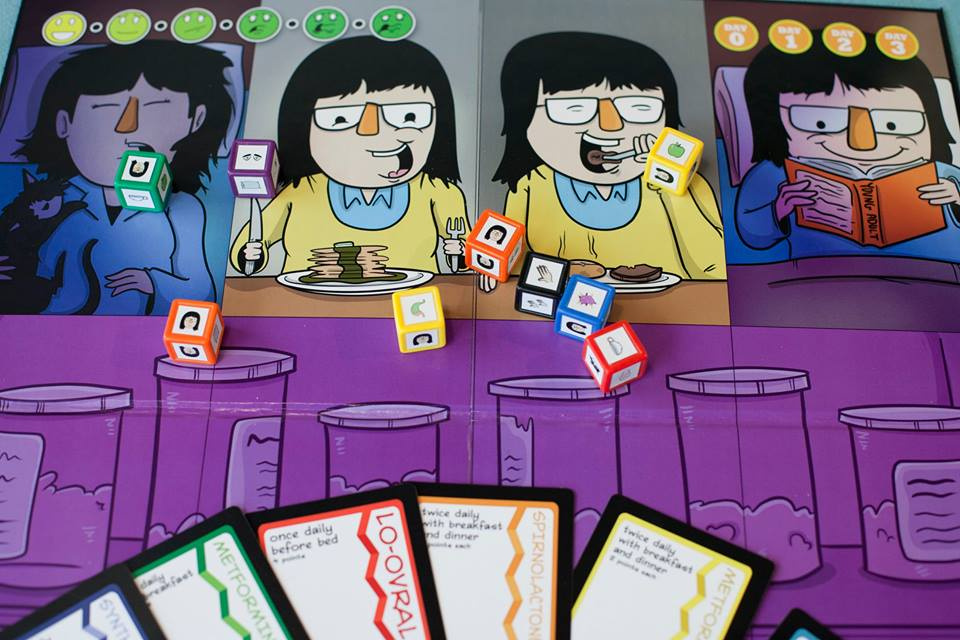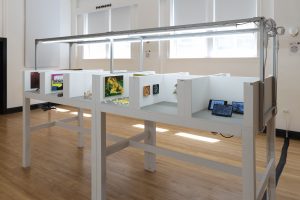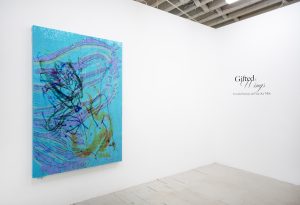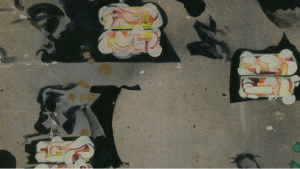If you suffer with a chronic illness, specifically one that others cannot see, the anxiety of whether or not others take your pain seriously, on top of the endless physical battle with your own body, is very real. There is a hierarchy of illness in our culture based on assumptions of “seriousness” that is rarely acknowledged or discussed. A social judgment of validity is made about an illness, and if you are a woman suffering from an illness that is not only invisible but also widely unknown then the legitimacy of your pain dissipates quicker than the “no” you hear from the doctor when you ask if there is any known cure for your pain.
Living with hypoglycemia and hyperthyroidism, I am no stranger to the slight eye rolls when I vocalize my symptoms and I often find myself suppressing my needs, emotional and otherwise, for the sake of avoiding skeptical responses from others. The question I ask myself time and time again is: How can others recognize something like an invisible illness? This question of empathy and understanding is what brought me to the work of interdisciplinary artist Adrienne Ciskey. Having earned her MFA from Columbia College Chicago’s Interdisciplinary Arts and Media program in 2015, her thesis project Bitter Pills uses the unexpected platform of play to encourage empathy and to give viewers a taste of her personal experience living with polycystic ovary syndrome and hypothyroidism. Don’t know what these illnesses are? Unfortunately, neither did I–neither do most.
Ciskey’s work Bitter Pills is a physical board game, complete with dice, cards, an instructional video, and little autobiographical cartoons of the artist living out her day-to-day activities. However, these seemingly banal tasks become more and more difficult as you, the player, the viewer, roll the dice. Did you remember to take your pills? Were you able to eat every meal today? What symptoms are you experiencing now and what can you do, if anything, to alleviate them? Seems like a complicated and stressful game? Well, these concerns are what many people, including the artist, deal with on a daily basis. Through this game the player begins to experience what life can be like with these illnesses—a connection is being made, a shared understanding begins to develop.
To interview Ciskey, I call her at home as she has been busy with her recent newborn. (Congratulations to her!) We discuss our experiences with these chronic invisible illnesses, and the reality of “performing wellness” under the pressures to appear well and adjusted. How sick does a person need to look and/or act in order for others to take them seriously? When are we “sick enough” to reach out and ask others for help? Ciskey emphasizes the importance of physicality in using a board game versus a virtual interface. Through these bodily movements, participation, and interactions with other players, Ciskey carves out a much-needed space for dialogue to take place, initiating an often difficult conversation about even more difficult illnesses.
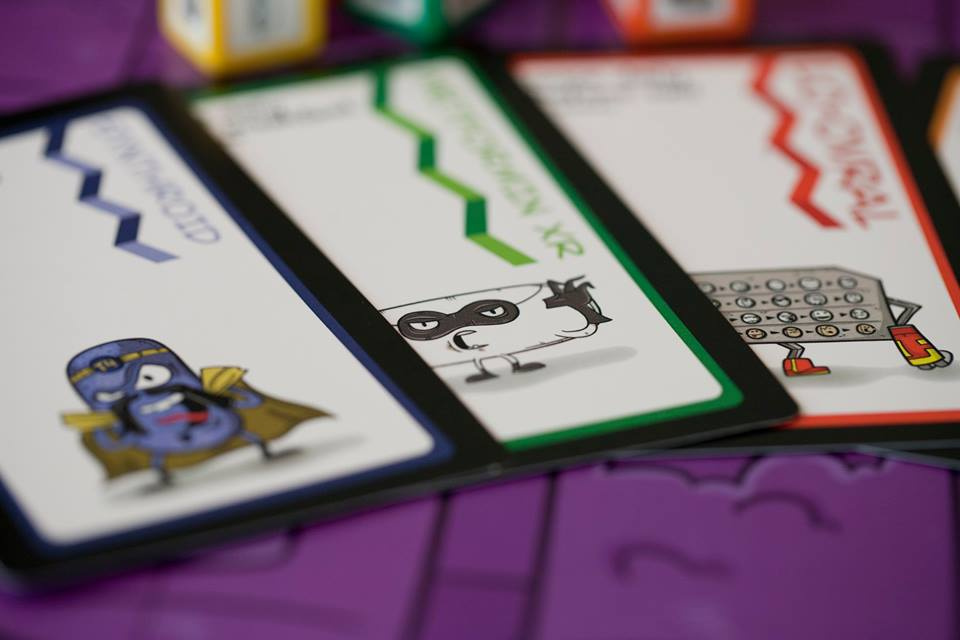
Christina Nafziger: You discuss in your artist statement that your artwork utilizes interaction and games to create a gateway for empathy. What inspired you to use the notion of “play” in your artwork to bridge this gap in understanding?
Adrienne Ciskey: It started with the idea of making what you know, and as a person who plays a lot of board and video games, the thing I know best is gaming. And it made sense to introduce play as a gateway to talking about “harder” subjects like invisible illness.
CN: Do you personally live with an invisible illness?
AC: Yes, I have polycystic ovary syndrome (PCOS) and hypothyroidism.
CN: You have a degree in photography, interdisciplinary arts and media, and a certificate in graphic design. Can you tell me a little bit about the progression of your artwork?
AC: In the end, I’ve always thought of art in a more conceptual way and wanted the medium to come second. My concepts have always revolved, in some way, around the idea of everyday heroics and drawn a lot from Joseph Campbell’s writings on mythology. I started in photography because I wanted to blur the line between reality and fiction, and how, in the end, neither mattered because the Hero’s Journey is ultimately about the journey’s very particular lessons and not the specifics of how the journey happens. I progressed into my MFA with the same ideas in mind but wanting a more fluid way of thinking about the media used to talk about those journeys.
CN: Can you tell me about the intent behind your MFA thesis project and board game Bitter Pills that invites viewers to play a board game in which they go through a day with your invisible illnesses?
AC: It is so important to talk about invisible illnesses. If you are affected by an invisible illness, I think that it is easy to feel that you must prove to people that you are truly sick. As someone who also suffers from an invisible and basically untreatable illness, I often feel that people don’t believe me, or that they think I am not “acting sick enough” for it to be convincing.
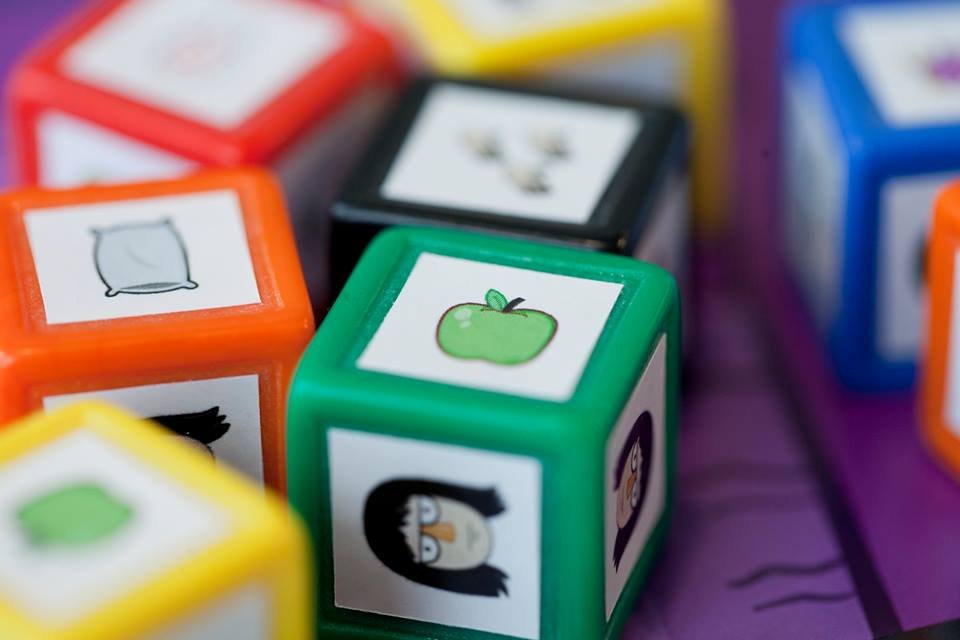
CN: When your piece Bitter Pills was exhibited, were audience members encouraged to play in the gallery? Did many visitors engage with the game? How do you think this interaction changed or transformed the experience of being in an art gallery or attending an exhibition?
AC: Something that surprised me was that depending on the context of the exhibition, there were varying levels of play. The more “high end” or prestigious the exhibition (like at Hyde Park Art Center’s Ground Floor biennial), the less people were willing to engage in the piece and instead “viewed” it instead of interacting with it.
CN: A gallery exhibition can often feel intimidating or unwelcoming for a person who is unfamiliar with the space or with art. Do you feel interactivity has the capacity to change this perception?
AC: I definitely do. I think art galleries in 2017 have a responsibility to be pillars of their communities instead of white rooms where people don’t feel they belong. And one way to have more community-centered galleries is to be playful and make art seem less serious.
CN: Do you think having a shared experience can change our perception of another’s personal struggles?
AC: Definitely! The entire idea of “walking a mile in someone else’s shoes” is the basis of having these shared experiences, and I believe that interactive activities like gaming are a great way to start sharing with other people.
CN: Is it a coincidence that both people in your video, the doctor and the person explaining the games rules, are men? I love that at the end of the video the doctor mentions the importance of mental health and having a positive attitude.
AC: It is not coincidence! I am lucky that I know two men who were very open to being part of the experience, including an actual doctor. I thought it was kind of a funny notion to have men talk about a very women’s-body experience, but I didn’t want to hit anyone over the head with the gendered nature of these illnesses.
CN: Can you talk about the sense of community that is potentially created through the act of completing a task or playing a game together?
AC: The act of sitting around a table, like in board gaming, brings people onto the same level: you look at someone in the eye, you share an experience, and together you complete a goal. This is especially true in cooperative gaming, but even when you compete, you are still able to put aside a lot of outside influences and be only players.
CN: Has other artwork of yours in the past had interactive elements, or have you created any other board games?
AC: I’ve been working on different interactive experiences for several years, mainly as a more interesting way of telling stories, but Bitter Pills was my first board game.
CN: In the past, you have also worked as an educator. What kinds of classes did you teach? Has your artistic practice influenced your teaching methodology or pedagogy?
AC: I taught a variety of interactive art classes as well as board gaming workshops at libraries. I think libraries also have the potential to be pillars in their community, just like art galleries, when it comes to introducing community board gaming nights.
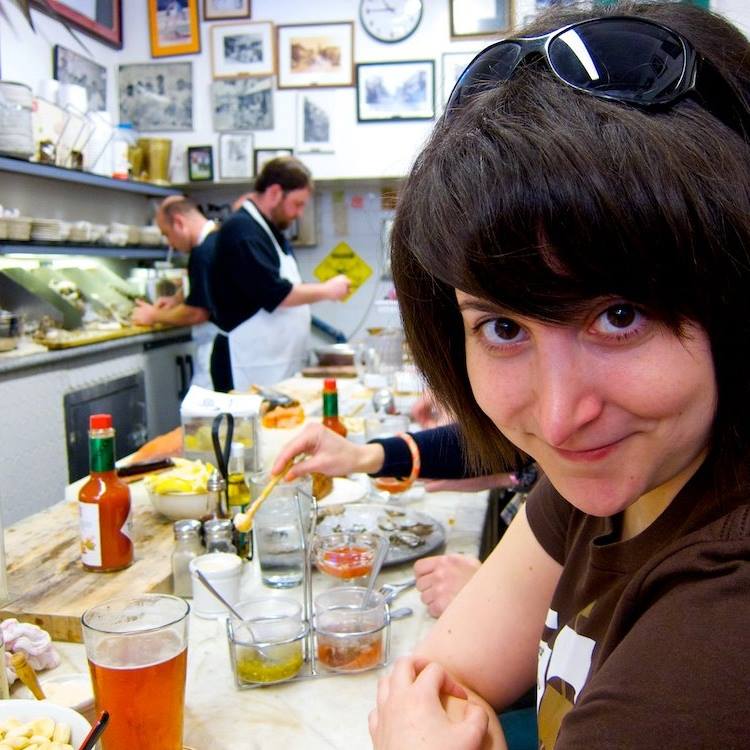
Featured Image: A detail of Adrienne Ciskey’s game Bitter Pills showing nine die on the game board along with six playing cards. The game board is purple with drawings of pill bottles on it. The top of the board shows four drawings of Ciskey at different times: the middle of the night, breakfast time, dinner time, and bedtime.
 Christina Nafziger is a freelance writer with a background working in curation, arts administration and community outreach. Originally from Indianapolis, she recently earned an M.A. in Contemporary Art Theory from Goldsmiths University of London. Her area of research focuses on gender studies, performativity, virtual identity, and cyborg culture.
Christina Nafziger is a freelance writer with a background working in curation, arts administration and community outreach. Originally from Indianapolis, she recently earned an M.A. in Contemporary Art Theory from Goldsmiths University of London. Her area of research focuses on gender studies, performativity, virtual identity, and cyborg culture.
